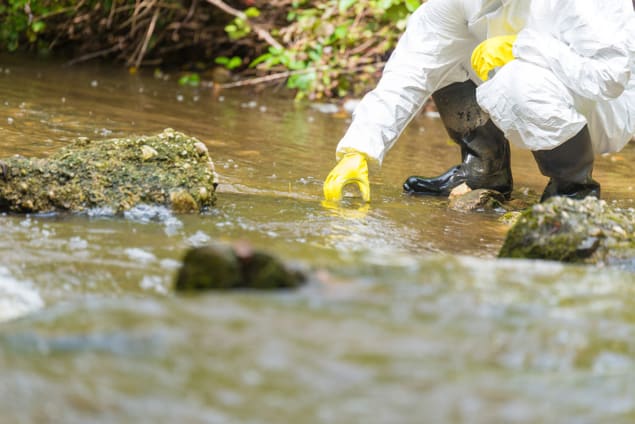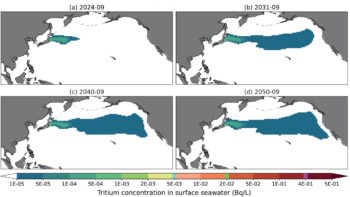
A method for identifying potential groundwater contaminants has been described by a pan-European collaboration of public bodies and industry. The group tested its new framework with pilot studies of pharmaceutical products and per- and polyfluoroalkyl substances (PFASs), which are commonly used in textile stain guards, greaseproof papers, fluoropolymer manufacture, coatings, and aqueous film-forming foams.
“Monitoring is costly and given the vast array of different compounds that may potentially contaminate groundwater, a prioritization of which compounds to collect new monitoring data for is a pragmatic way forward,” says Dan Lapworth of the British Geological Survey.
Groundwater quality in the European Union is monitored by law but the list of contaminants that fall within the scope of the legislation is far from exhaustive. Typically, substances that are newly developed, or that have only recently been detected in the environment, are not included.
For many such potential contaminants, regulatory bodies lack the monitoring data that would demonstrate a hazard. But as agencies are not required to test for uncontrolled substances, these data are not formally sought.
To tackle this dilemma, researchers and regulators from multiple European countries established a voluntary framework for populating and maintaining a groundwater watch list of emerging organic contaminants (EOCs).
“Although there are other emerging substances, such as nanomaterials, microplastics, and biological contaminants, EOCs probably represent the largest and most diverse group of emerging contaminants,” says Lapworth. “Other groups such as nanomaterials have already had a lot of attention and are starting to be addressed within the relevant EU regulation.”
The aim is for participating countries across Europe to produce a dynamic list of potential pollutants so that they can either be included within existing regulations or classified as not currently of concern.
As emerging organic contaminants have, by definition, not been adequately studied, the group formulated a selection method to populate the groundwater watch list that acknowledges a lack of environmental information. The first step is to catalogue substances already detected in groundwater, i.e. with proven contamination potential, or chemicals with properties that make leaching and transport to groundwater likely. This second, theoretical measure accounts for new chemicals that have not yet had time to reach the subsurface environment.
The next stage ranks candidate substances according to their toxicity and bioaccumulation potential. Any EOC that scores highly at both stages can be put on the watch list, although the study authors suggest limiting the list to the 30 substances of most concern.
By constantly reassessing monitoring data, regulators can set new legal quality standards for a given substance as soon as environmental evidence makes it appropriate. In this case the contaminant would move off the groundwater watch list to be replaced by a new EOC.
To demonstrate the approach, the collaboration undertook two pilot studies targeting pharmaceutical products and PFASs. The studies showed that voluntary data from participating countries are enough to inform decisions about whether EOCs should be monitored within the framework of the groundwater watch list, but that results should be provided in a strictly defined form to maintain consistency between sources.
The team hopes that the first groundwater watch list, which will be refined after its implementation this year, will let regulators make the most of scarce resources by focusing attention on the most hazardous and widespread groundwater pollutants.
The collaboration reported its findings in Environmental Research Letters (ERL).



